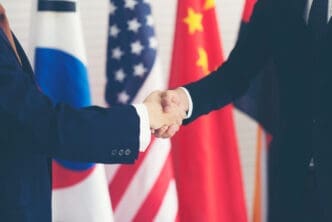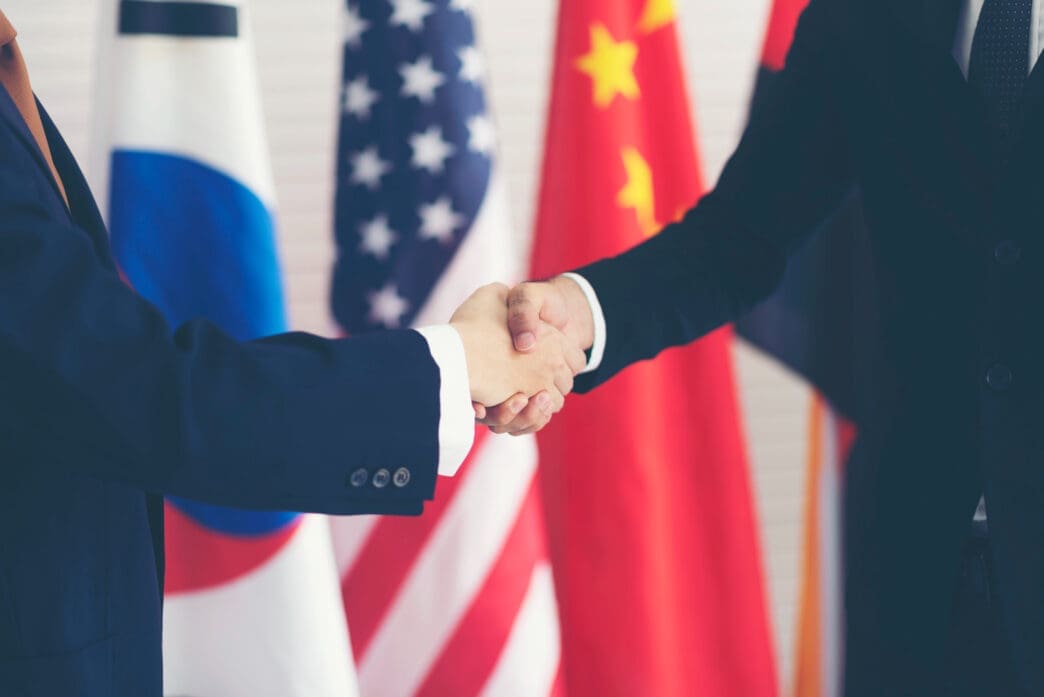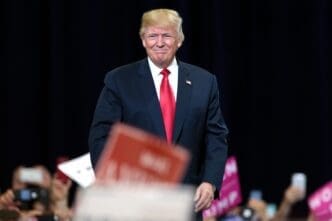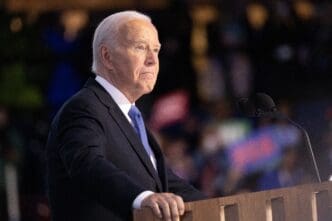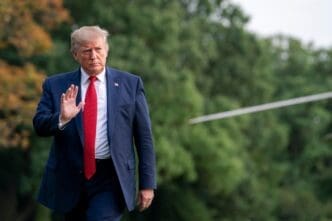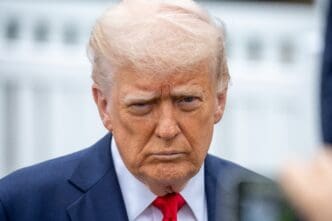Executive Summary
The Story So Far
Why This Matters
Who Thinks What?
US and Chinese officials have reached a framework agreement on trade, successfully averting a significant 157% tariff on Chinese goods. This development, which follows a round of talks in Malaysia, is expected to pave the way for a potential trade deal to be discussed between President Donald Trump and Chinese leader Xi Jinping later this week. The news has already prompted a positive reaction in Asia markets and US stock futures, easing tensions between the world’s two largest economies.
Diplomatic Progress in Kuala Lumpur
The latest round of trade negotiations took place in Malaysia’s capital, Kuala Lumpur, serving as the initial stop on President Trump’s weeklong diplomatic tour of Asia. Positive signs emerged shortly after Trump’s arrival on Sunday, with Treasury Secretary Scott Bessent indicating substantial progress. Bessent, who led the US delegation alongside Trade Representative Jamieson Greer, confirmed that previously threatened 100% tariffs on Chinese goods are “effectively off the table.”
All attention is now turning to an anticipated meeting between President Trump and Chinese leader Xi Jinping in South Korea on Thursday. This would mark the first encounter between the two leaders during Trump’s second term, occurring on the sidelines of the Asia-Pacific Economic Cooperation CEO summit. While Beijing has yet to officially confirm the sit-down, the positive outcome from the Kuala Lumpur talks sets a more optimistic tone.
Key Areas of Agreement
The framework addresses several contentious issues that had escalated tensions between the two nations in recent months. Frictions notably increased in September following the US expansion of its export blacklist targeting Chinese companies and China’s reciprocal tightening of export controls on rare earth minerals. President Trump had responded by vowing new 100% tariffs on Chinese imports, initially scheduled for November.
According to Secretary Bessent, the US anticipates “some kind of deferral” on China’s rare-earth export controls. Additionally, China is expected to make “substantial” purchases of American soybeans, a significant relief for US farmers who have faced a lack of purchase orders from their once-largest buyer. Initial agreement has also been reached on further cooperation to stem the flow of precursor chemicals for illegal drugs, particularly fentanyl, into the US.
Furthermore, Bessent confirmed that a “final deal on TikTok” has been reached, with all details ironed out. This agreement, finalized after talks in Madrid, requires the sale of TikTok’s US assets to American buyers and now awaits consummation by the two leaders.
China’s Perspective and Next Steps
Chinese state-run media Xinhua reported a “preliminary consensus” between US and Chinese trade negotiators on addressing their “respective concerns.” China’s top trade negotiator, Li Chenggang, who led the Chinese delegation with Vice Premier He Lifeng, stated that discussions covered issues including US special port charges on China-built ships, further extension of the trade truce, fentanyl tariffs, and export controls.
Li emphasized that the “shocks and fluctuations” experienced between the two countries over the past month were “not what China wanted to see,” while also asserting China’s firm stance in safeguarding its interests. Both sides have agreed to finalize specific details and complete their respective domestic approval processes before a comprehensive deal can be reached.
Outlook on Trade Relations
The framework agreement marks a crucial step in de-escalating trade tensions between the United States and China. By averting new tariffs and addressing key points of contention, the two nations have established a more constructive environment for the upcoming high-level meeting between President Trump and Chinese leader Xi Jinping, potentially paving the way for a more stable trade relationship.

